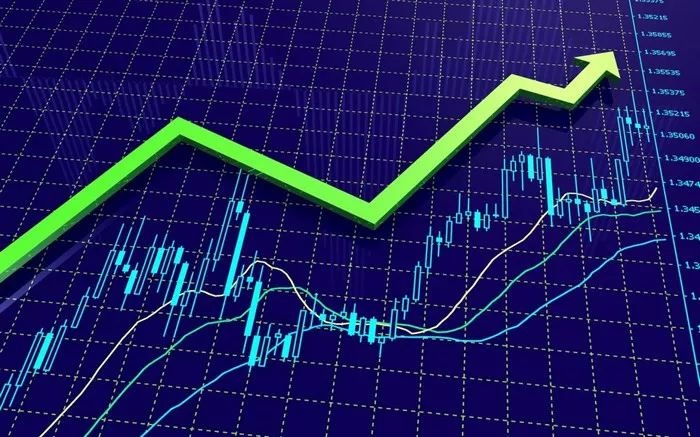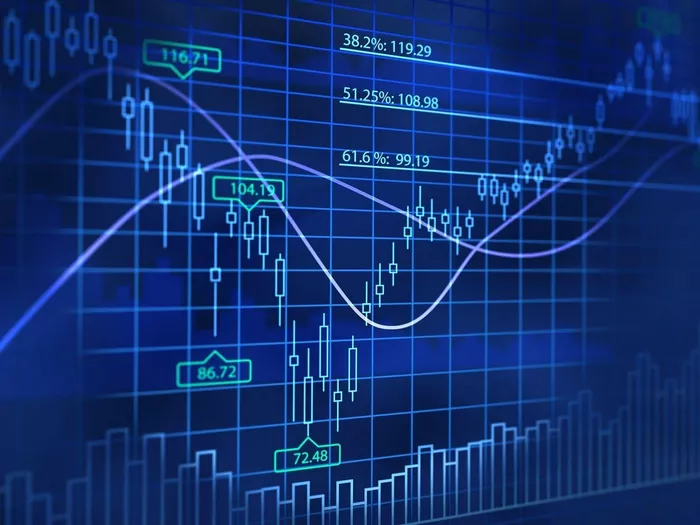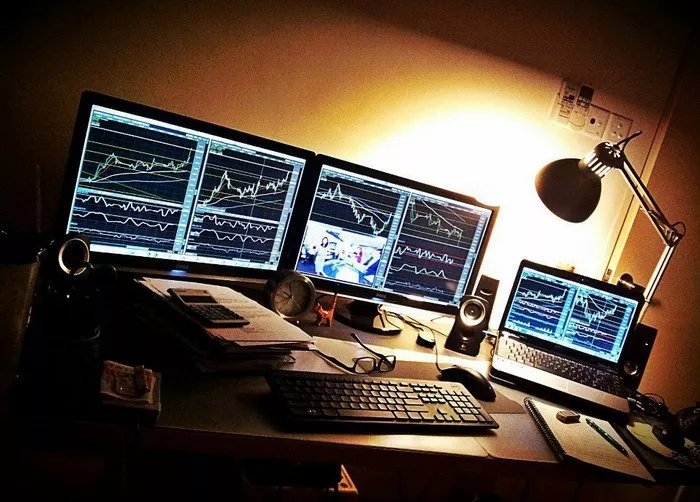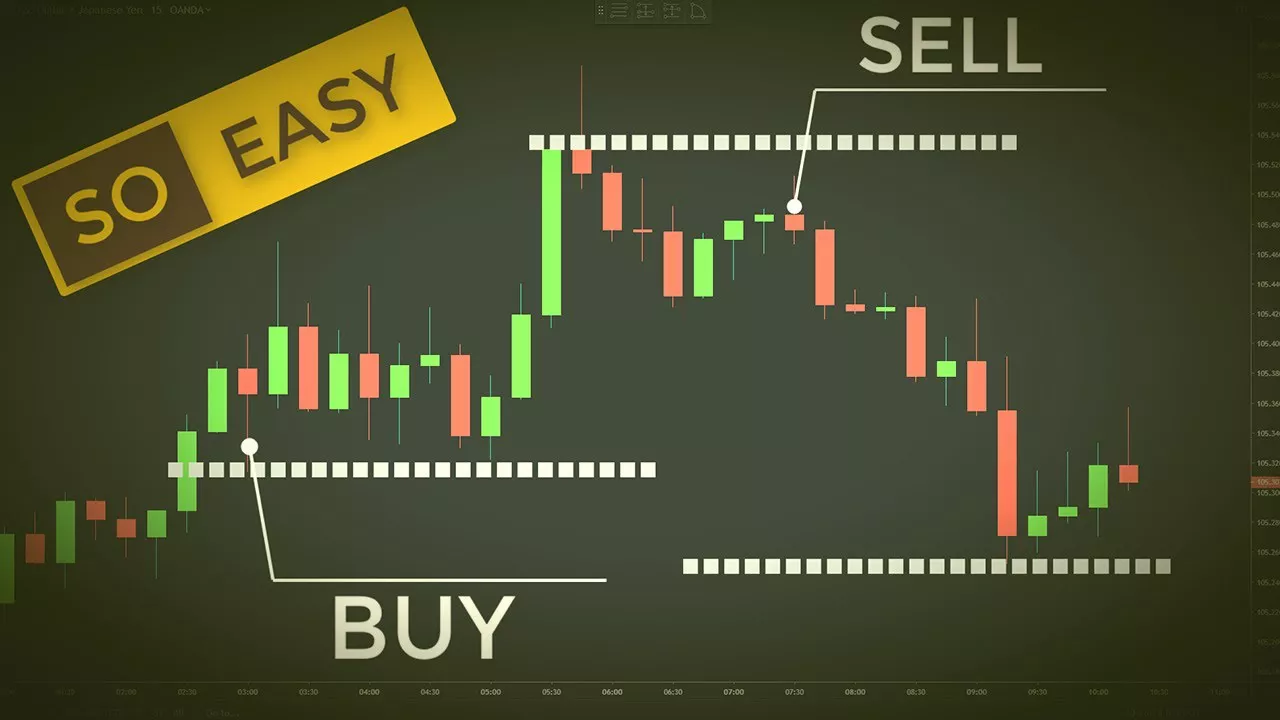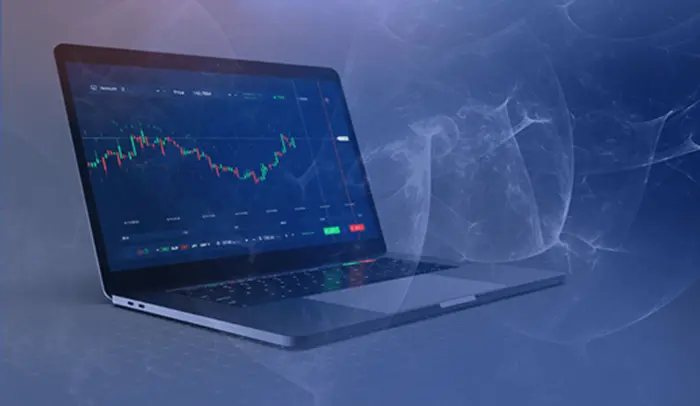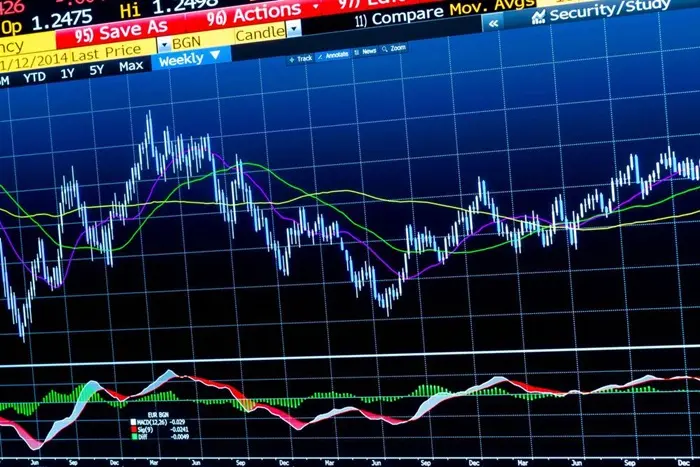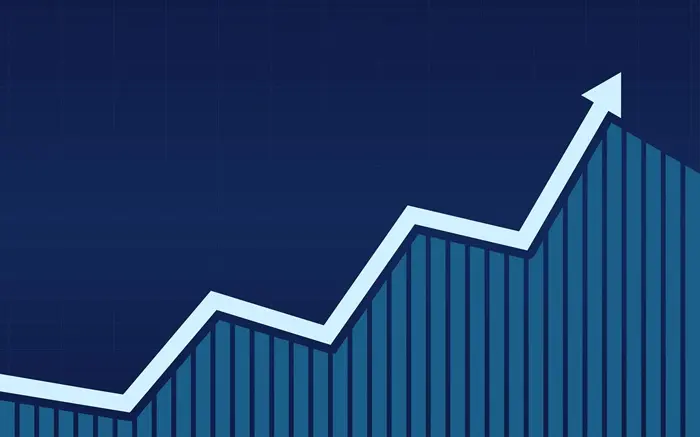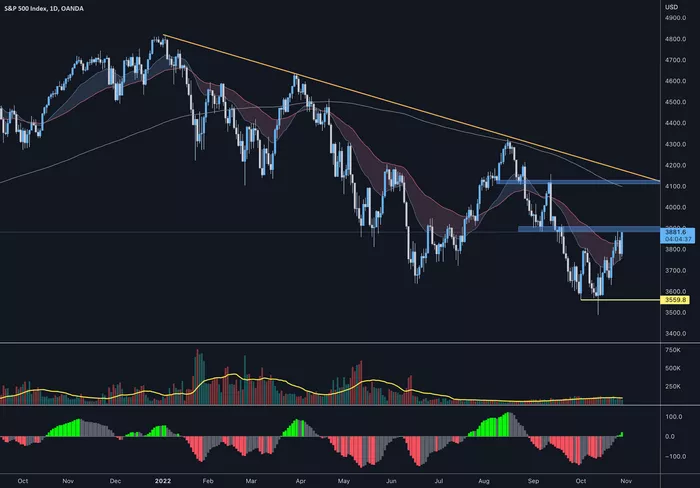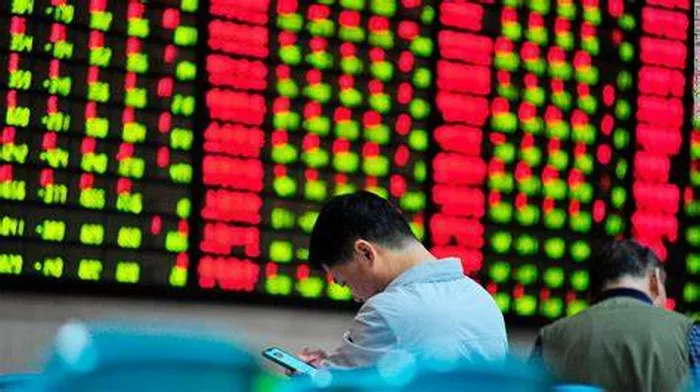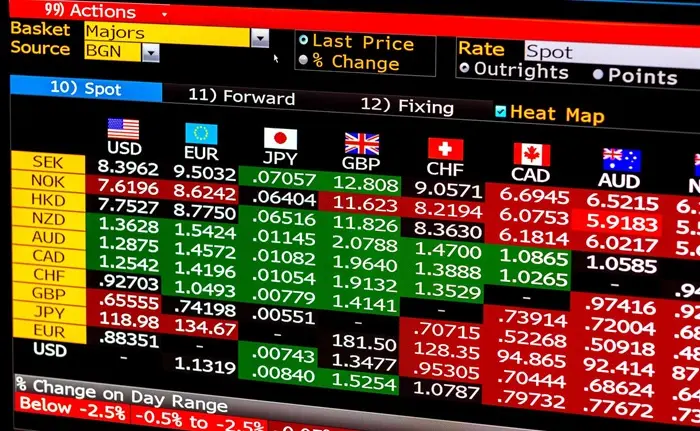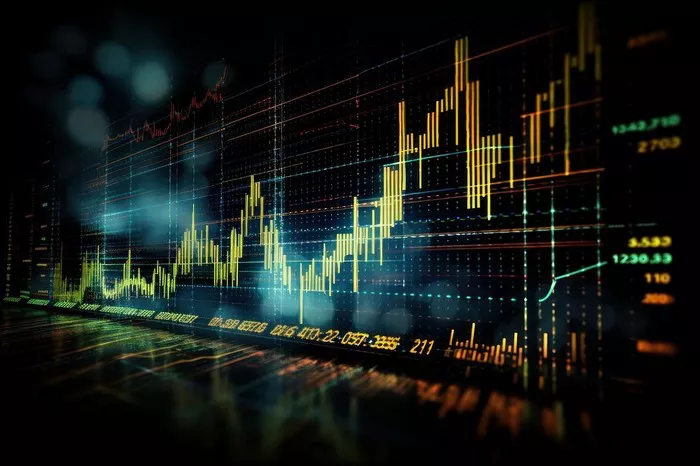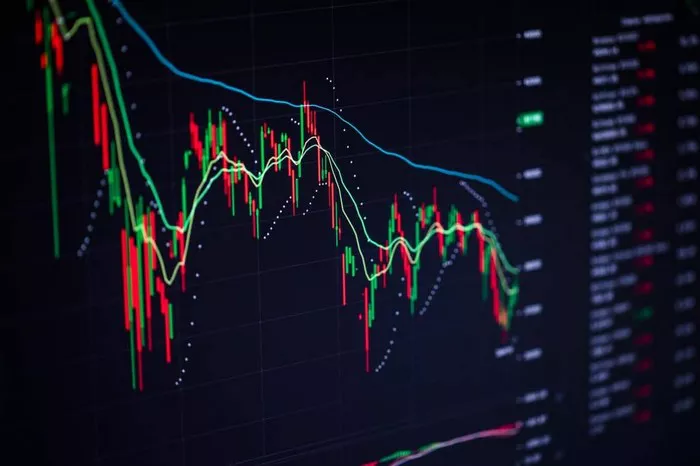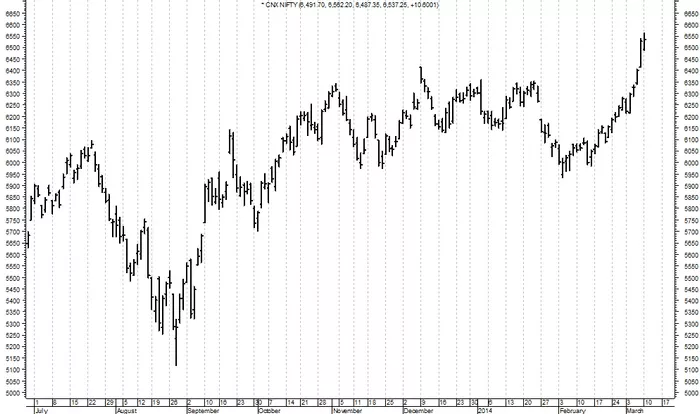The foreign exchange (Forex) market is a 24-hour global marketplace, with continuous trading taking place across different time zones. The New York session is one of the four major trading sessions that make up the global Forex market. This session is crucial for traders, as it represents the financial hub of the world’s largest economy, the United States. Understanding the timing of the New York session, as well as its role in the Forex market, is essential for traders who wish to capitalize on price movements and optimize their trading strategies.
This article will provide a detailed and structured explanation of the New York session, including its opening and closing times, key features, and its significance in global Forex trading. We will also discuss how the New York session interacts with other major sessions and what traders can expect in terms of volatility and trading opportunities during this period.
Understanding the Forex Market and Trading Sessions
The Forex market operates around the clock due to the overlapping trading hours of major financial centers around the world. The market opens on Sunday evening (GMT) and closes on Friday evening (GMT), providing ample opportunity for traders to buy and sell currencies throughout the week. The Forex market is divided into four major trading sessions: the Asian session, the European session, the New York session, and the Sydney session.
These sessions correspond to the working hours of the world’s major financial centers:
- Asian Session (Tokyo)
- European Session (London)
- New York Session (New York)
- Sydney Session (Sydney)
Each session has its own unique characteristics, including trading volume, volatility, and liquidity. Among these, the New York session is considered one of the most important due to its direct connection to the US Dollar (USD), which is the world’s most widely traded currency.
The Importance of the New York Session
The New York session plays a vital role in the Forex market for several reasons:
US Dollar Influence: The US Dollar is involved in more than 80% of all currency transactions globally. Since the New York session operates during the business hours of the United States, it has a significant impact on currency pairs involving the USD, such as EUR/USD, GBP/USD, and USD/JPY.
Economic Data and News: The release of major US economic reports, such as Non-Farm Payrolls (NFP), the Consumer Price Index (CPI), and interest rate decisions from the Federal Reserve, typically occurs during the New York session. These reports can significantly influence the direction of the Forex market.
Overlap with Other Sessions: The New York session overlaps with the London session from 13:00 GMT to 16:00 GMT. This overlap period tends to be one of the most volatile times in the Forex market due to the increased trading volume and liquidity.
Now, let’s explore the specific time frame of the New York session and the factors that make this session a key component of Forex trading.
When Does the New York Session Open and Close?
The New York session officially opens at 13:00 GMT (8:00 AM EST) and closes at 22:00 GMT (5:00 PM EST). The exact timing can vary slightly depending on daylight saving time (DST) changes in the United States.
Standard Time (EST):
Opening Time: 8:00 AM EST
Closing Time: 5:00 PM EST
Daylight Saving Time (EDT):
Opening Time: 8:00 AM EDT
Closing Time: 5:00 PM EDT
The difference between GMT and EST (or EDT) is five hours during standard time and four hours during daylight saving time. The time difference is essential for Forex traders to accurately monitor the opening and closing times of the New York session based on their local time zone.
Key Features of the New York Session
Several key features distinguish the New York session from other Forex trading sessions:
Liquidity and Volume: The New York session is one of the most liquid trading periods, with high trading volumes. This is primarily due to the large number of institutional and retail traders who participate during this time. Major banks, hedge funds, corporations, and central banks are all active participants in the market, ensuring that liquidity remains high. High liquidity often results in tight spreads and smoother price movements, which are favorable for traders.
Volatility: The New York session is characterized by moderate to high volatility, especially when important US economic data is released. Volatility tends to increase during the first few hours of the session as traders react to news and market sentiment shifts. This volatility offers trading opportunities, but it also increases the risk. Traders need to be prepared for sharp price movements during this time.
Overlapping Market Hours: As mentioned earlier, the New York session overlaps with the London session from 13:00 GMT to 16:00 GMT. This is a crucial period for traders because it combines the liquidity of two of the world’s largest financial centers. The overlap tends to bring the highest trading volume and, therefore, the greatest volatility in the Forex market. This is when price movements are often the largest, and traders can take advantage of rapid market changes.
Impact of Economic Releases: The New York session is home to many of the most important US economic reports that influence Forex prices. Some of these reports include:
Non-Farm Payrolls (NFP): A monthly report on employment changes in the US that is released on the first Friday of each month. NFP can cause significant price movements, especially in currency pairs involving the US Dollar.
CPI (Consumer Price Index): A report measuring inflation in the US. It is crucial for traders because inflation is directly tied to interest rate decisions made by the Federal Reserve.
Federal Reserve Decisions: The Fed’s decisions on interest rates and monetary policy can have a significant impact on the value of the US Dollar. Traders closely watch any remarks or guidance provided by the Fed during the New York session.
How Does the New York Session Impact EUR/USD?
EUR/USD is one of the most actively traded currency pairs during the New York session. The US Dollar plays a central role in the movement of this pair, and any economic data released in the US can have a major impact on the EUR/USD exchange rate.
Morning Activity (13:00 GMT – 16:00 GMT): During the opening of the New York session, the market often sees an increase in volatility due to the release of economic data or corporate earnings reports. This can lead to sharp movements in EUR/USD as traders react to the latest news and adjust their positions.
Overlapping Period (13:00 GMT – 16:00 GMT): The overlap between the New York and London sessions is particularly important for EUR/USD. London is home to the largest Forex market in the world, and when it overlaps with New York, liquidity and trading volume increase. This often results in larger price swings and more trading opportunities.
Afternoon and Closing (16:00 GMT – 22:00 GMT): The latter part of the New York session typically sees a decline in volatility as the European markets close. However, the release of important US economic data or speeches from Federal Reserve officials can still lead to significant price movements in EUR/USD.
Best Times to Trade During the New York Session
The best time to trade the New York session largely depends on the type of trader you are, your strategy, and your risk tolerance. However, the following periods are generally considered to be the most favorable:
During the Overlap (13:00 GMT – 16:00 GMT): This is the most active and volatile period of the New York session, when the market sees the highest liquidity and volume. Traders who prefer fast-paced, short-term trading can benefit from this time.
After Major Economic Releases: The release of key US economic data, such as NFP or CPI, can create significant volatility in the New York session. Traders who are prepared for the volatility and have a solid understanding of the economic data can capitalize on the sharp price movements following these releases.
Towards the Close (16:00 GMT – 22:00 GMT): While volatility tends to decline after the London session closes, traders who follow long-term trends may still find opportunities during this period.
Conclusion
The New York session is a critical trading period in the Forex market due to its connection to the US economy, high liquidity, and significant volatility. Understanding the opening and closing times of the New York session, as well as the key factors that influence its price movements, is essential for Forex traders. By focusing on the overlap with the London session and major economic releases, traders can optimize their trading strategies and potentially profit from the fluctuations in currency prices.
Whether you are an experienced Forex trader or just starting, knowing when the New York session occurs and how to navigate it effectively can help you make more informed trading decisions. With proper planning and risk management, the New York session offers ample opportunities for success in the Forex market.
Related topics:

